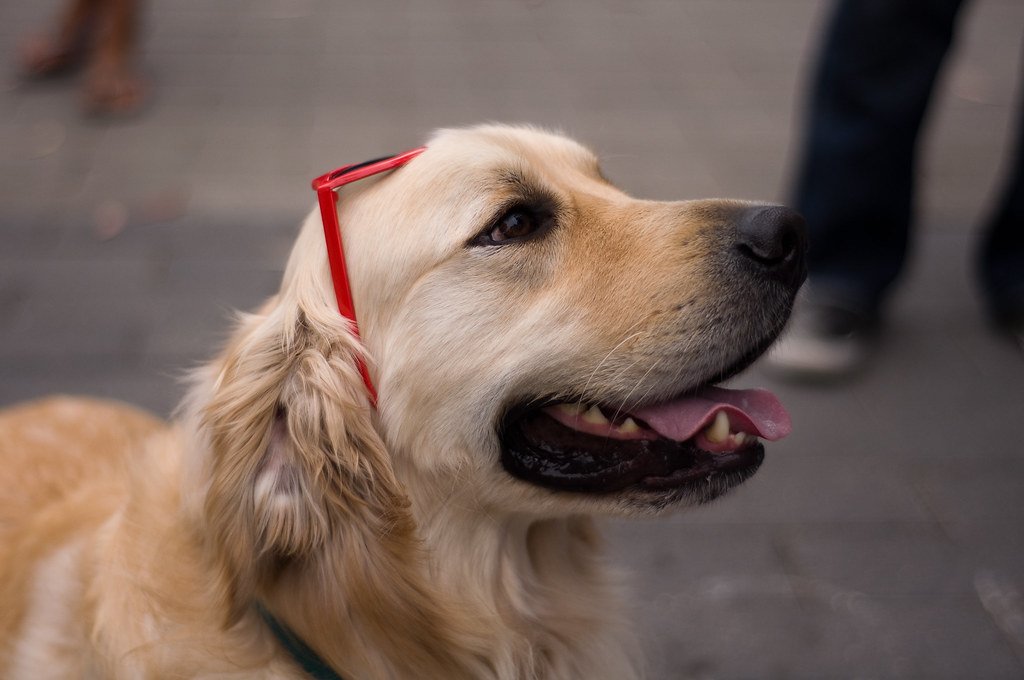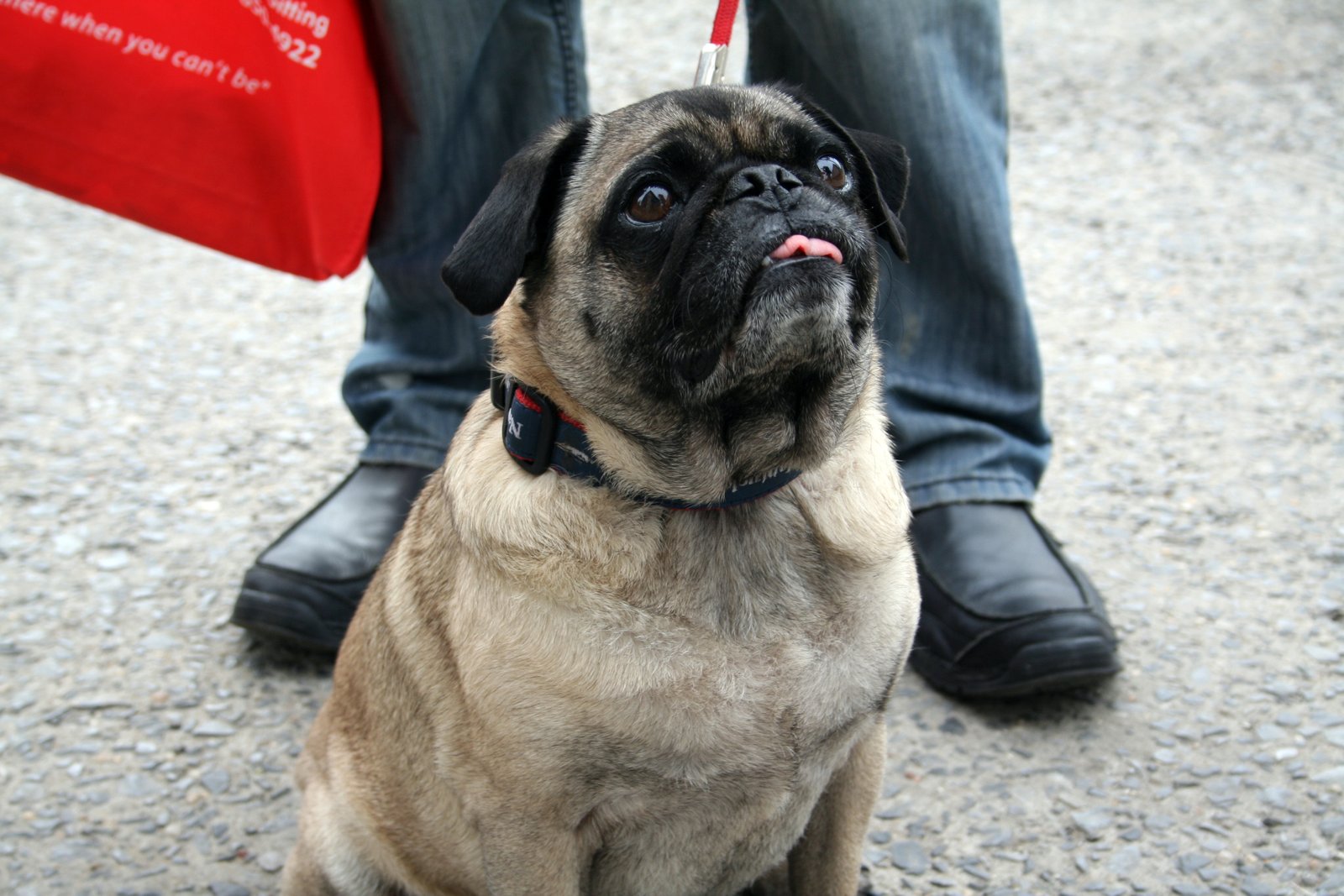Have you ever looked into your dog’s eyes and thought, “You deserve the world”? I get it—our pups are family, and we love showering them with affection. But sometimes, in our eagerness to make them happy, we can tip the scales too far. Giving your dog endless attention may seem harmless, but it can actually lead to some surprising challenges. Let’s explore the not-so-obvious consequences of over-spoiling our furry friends—and how a little balance can help both you and your pup thrive.
When Too Much Love Becomes Stress

It sounds odd, but constant attention can actually stress dogs out. Dogs love affection, but they also need quiet time to relax and recharge—just like we do. When every moment is about play or cuddles, your dog might become restless or anxious when left alone for even a moment.
Some dogs begin to expect constant stimulation, whining or pacing if you leave the room. You might notice your pup shadowing your every move, unable to nap unless you’re nearby. These are signs that your dog may feel unsettled by too much togetherness.
Separation Anxiety: The Hidden Cost

One of the biggest downsides of over-spoiling is separation anxiety. Dogs who are used to non-stop attention can panic when left alone. They might bark, chew furniture, or even have accidents in the house—not because they’re bad, but because they’re genuinely distressed.
This isn’t just tough on your furniture; it’s heartbreaking for your dog. Creating healthy boundaries and teaching your dog to be comfortable alone, even for short periods, helps prevent these emotional meltdowns.
Clingy Behavior and the Loss of Independence
Over-attention can turn even the most confident dog into a “velcro dog”—clingy and unable to function without you. It’s sweet in small doses, but if your dog can’t relax unless you’re in sight, it’s a red flag.
Dogs need to develop independence for their own mental health. If every squeak, whimper, or paw on your lap earns instant attention, your dog may lose the ability to self-soothe or entertain themselves.
Attention-Seeking Tantrums
When your dog realizes that barking, jumping, or pawing at you brings immediate results, you may find yourself dealing with attention-seeking behaviors. These can escalate into barking fits, destructive chewing, or even nipping to get your focus.
Dogs are smart. If they sense that drama leads to hugs or treats, you can bet they’ll ramp it up. This creates a cycle that’s tough to break and can be exhausting for everyone involved.
Weight Gain and Health Issues

Let’s be honest—extra attention often comes with extra treats. It’s easy to slip your dog a biscuit every time they look cute or ask for your affection. But this habit, paired with lots of couch-time cuddles, can quickly lead to weight gain.
Obesity in dogs is no joke. It can cause joint pain, diabetes, and shorten your pup’s life. A loving routine should include healthy snacks and plenty of active play, not just sofa snuggles and snack time.
Mood Swings and Over-Excitement
Some dogs, when spoiled with too much excitement and attention, can become hyperactive or moody. They might zoom around the house or suddenly snap when they don’t get their way.
Like kids hopped up on sugar, dogs need a predictable daily rhythm. Too much unpredictability or constant stimulation can make it hard for your pup to settle down, leading to crankiness or even aggression.
Ignoring Body Language and Boundaries
It’s easy to miss subtle cues when we’re focused on giving love. Some dogs might tolerate endless petting even when they’d rather rest, leading to stress or irritability. Watch for signs like yawning, turning away, or licking lips—these mean your dog needs a break.
Respecting your dog’s signals builds trust and helps them feel safe. Not every moment has to be filled with attention. Sometimes, the best gift is a little personal space.
Simple Steps to Find the Right Balance
You don’t have to stop loving your dog—they need your affection! But try mixing in quiet time, independent play, and solo naps. Practice leaving your dog alone for short stretches, building up their confidence.
Offer interactive toys or safe chews to occupy them when you’re busy. Remember, a well-adjusted dog is one who knows you’ll always come back, but can handle a little “me time” too.





